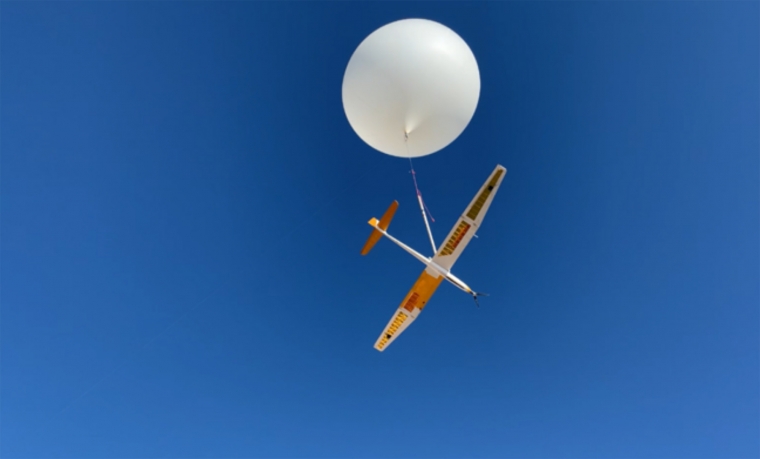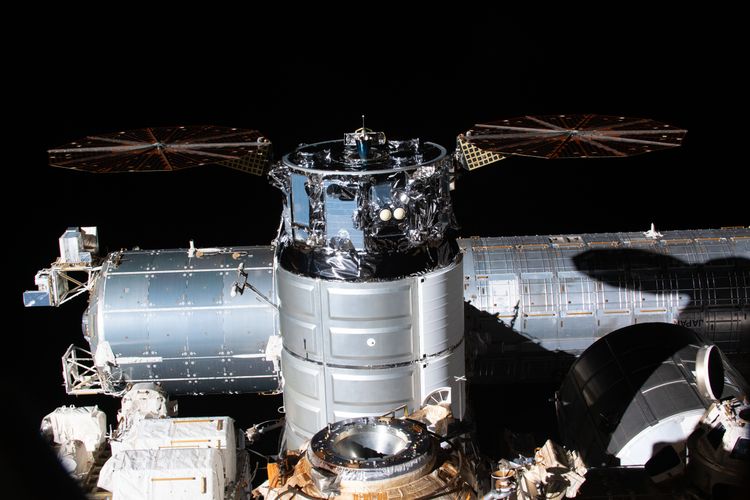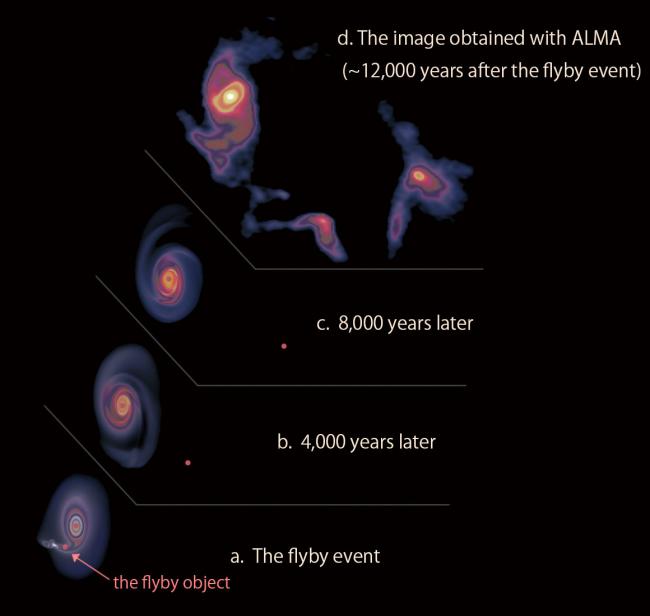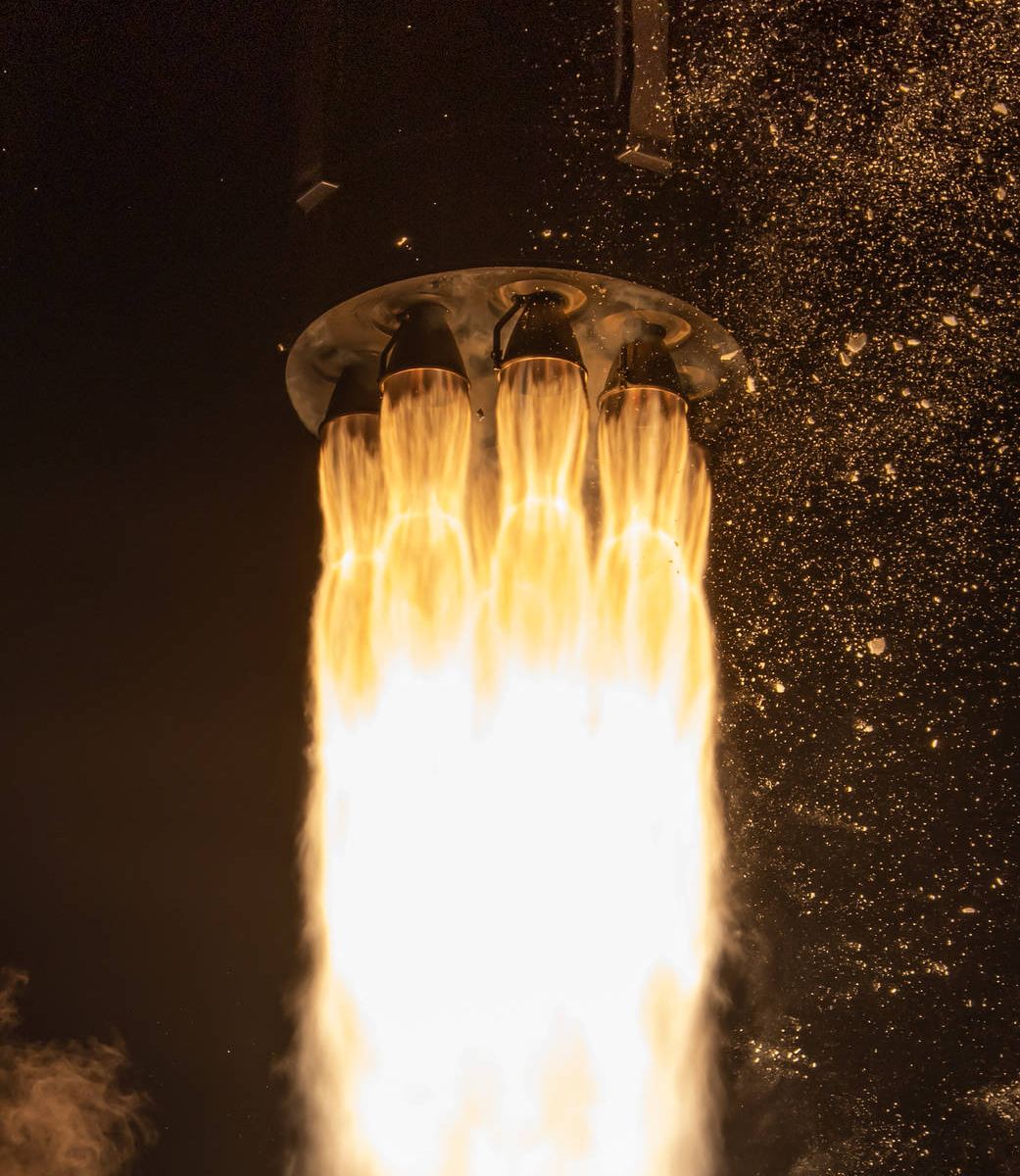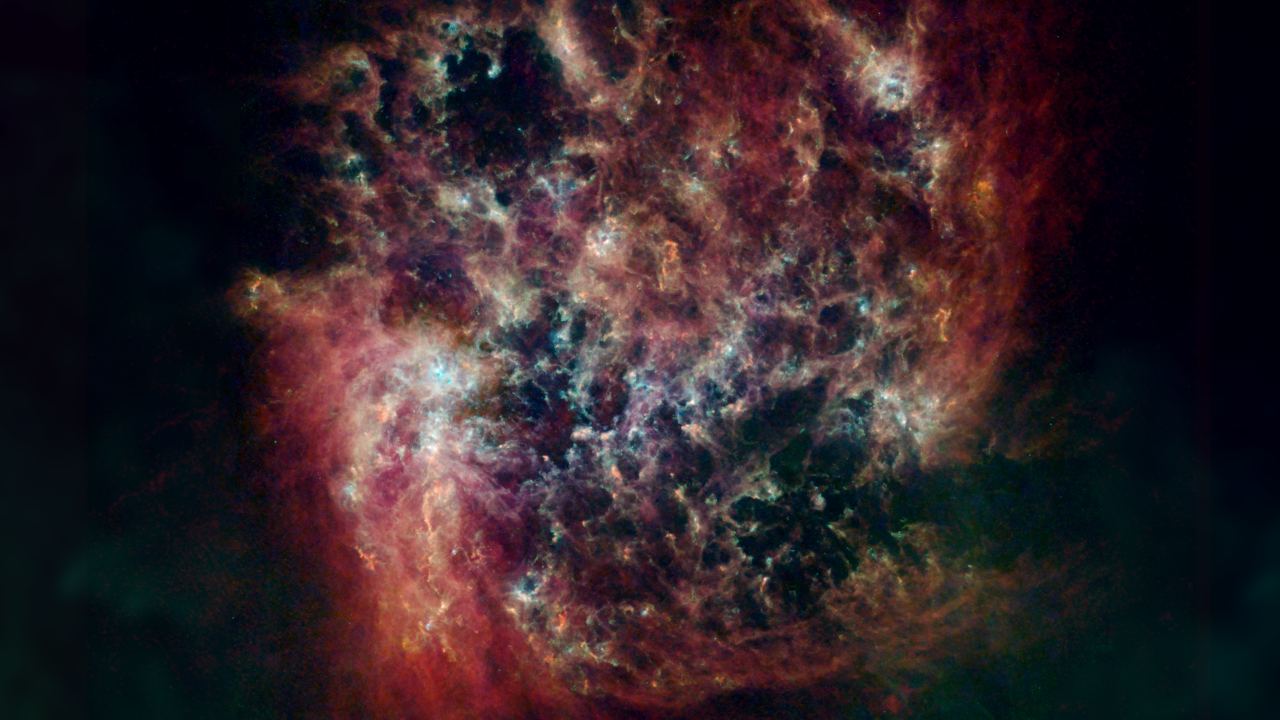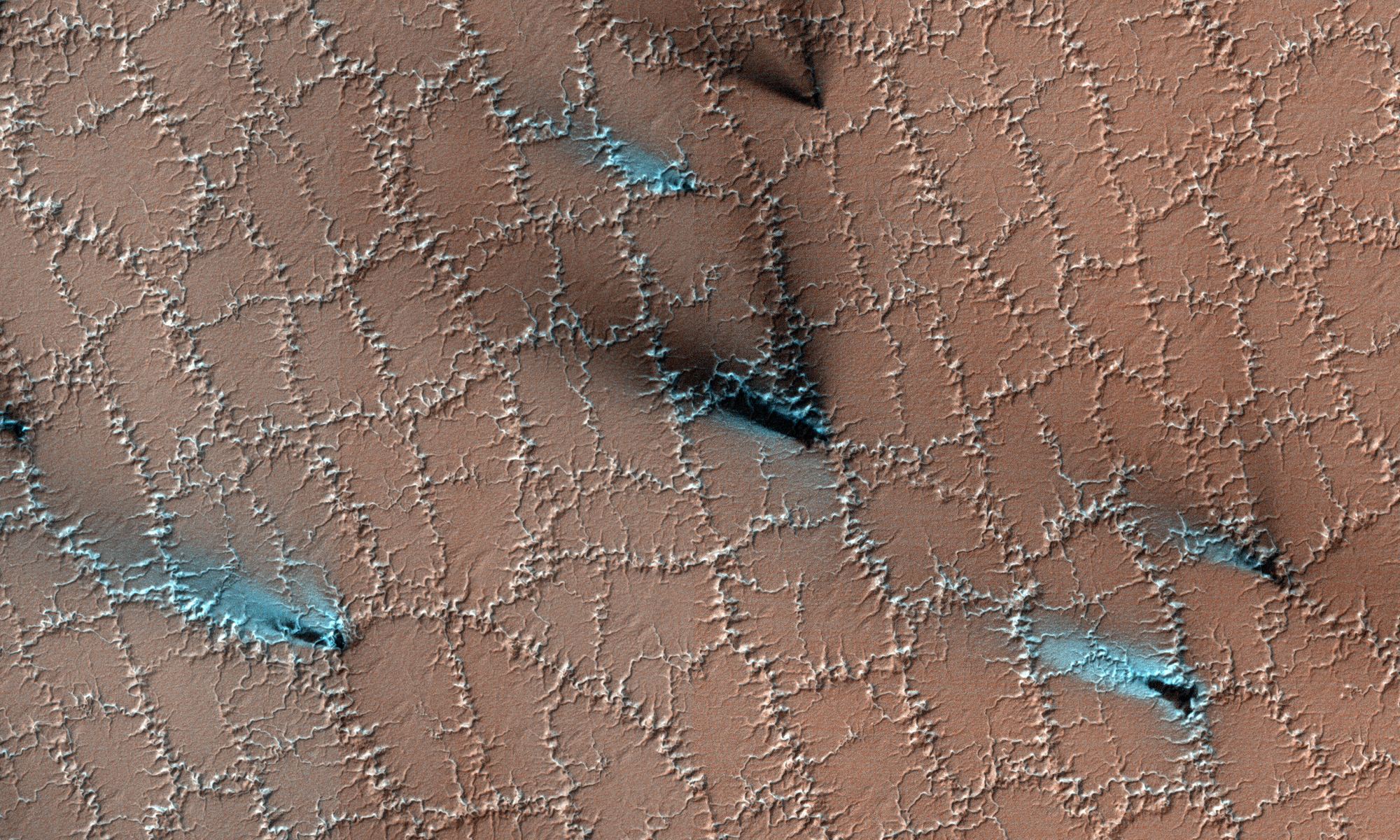The success of the Mars Ingenuity helicopter has encouraged engineers to consider and reconsider all options for remote aerial observations of the Red Planet. Additional methods for birds-eye views of Mars would not only provide higher resolution data on the landscapes where rovers can’t go — such as canyons and volcanoes — but also could include studying atmospheric and climate processes that current orbiters and rovers aren’t outfitted to observe.
Continue reading “We've Seen a Helicopter on Mars. Next, Sailplanes?”We've Seen a Helicopter on Mars. Next, Sailplanes?
